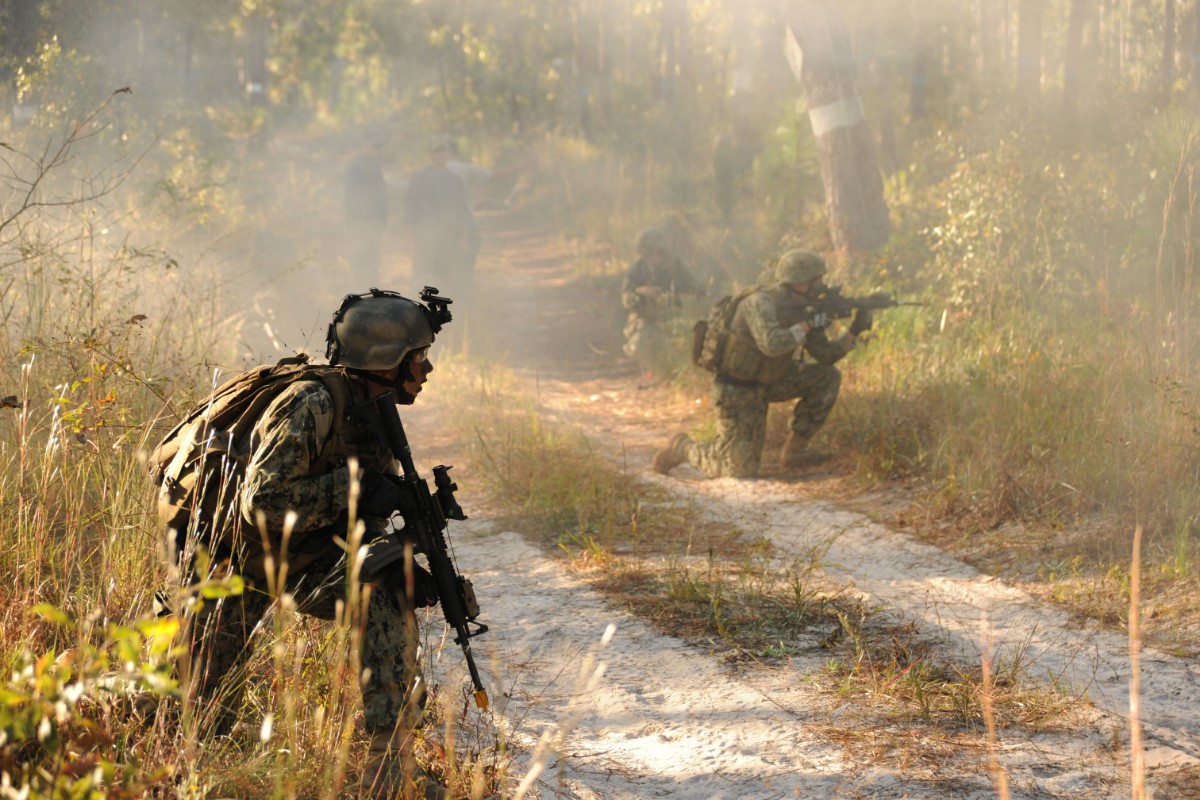 Photo Credit: US Department of Defense
Photo Credit: US Department of Defense
Heatwaves are more than an Inconvenience – they’re a National Security Risk
In recent days heat waves have made their way across much of North America and Europe. In Alaska, the Midwest, and on the East Coast temperatures were record-breaking. Across the Pond, a European heat wave set record high temperatures in Germany, France, Britain, and the Netherlands.
Heatwaves are increasing as climate change continues – and the long-term consequences are quite severe. The near-term consequences of heat waves are also quite severe, and more than just an inconvenience for everyday people.
Heat Waves & Climate Change
One of the many effects of climate change is an increased frequency and intensity of extreme weather events – including heat waves. Over the last decade, record high daily temperatures have been reported twice as frequently as record low daily temperatures. As the climate continues to change, so too will the frequency and duration of heat waves.
By 2050 – assuming significant climate action is not taken – the coldest and warmest daily temperatures are expected to increase by 5 degrees F in most areas and double to 10 degrees F by the end of the century.
The number of hot days is also expected to increase. By mid-century, compared to the end of the last century, most areas are expected to see 20-30 more 90+ degree days, a doubling of days with the heat index north of 100 degrees F, and a tripling of heat index days with temperatures over 105 degrees F.
Heat Waves & US National Security
When temperatures reach greater than 90 WBGT – a unit that measures heat stress in direct sunlight –physical training for US military members cannot occur and the day is labeled a “black flag day.”
According to the US Navy, at >90 degrees WBGT “Non-Mission essential physical training and strenuous exercise must be suspended for all personnel. Heat stress will occur in most cases.” If training is absolutely necessary, 45 minutes of every hour must be dedicated to rest.
As we see an increase in days over 90, 100, and 105 degrees we’ll also see a decrease in the number of days physical training can be conducted. The decrease in days available for our military to train directly effects one of the core pillars of the 2017 National Security Strategy (NSS).
The third pillar of the 2017 NSS is “preserve peace through strength.” To meet that goal, the NSS states the US must renew its competitive advantages and capabilities.
Renewing military capabilities is a multi-step process, but one of the most vital pieces of that process is to improve readiness. The NSS states, “Readiness requires a renewed focus on training, logistics, and maintenance. We must be able to get to a theater in time to shape events quickly. This will require a resilient forward posture and agile global mobility forces.” However, as the number of black flag days increases with climate change, training and force readiness will become more of a challenge.
Extreme Heat & Military Adaptation
Failure to adapt to rising temperatures is a serious issue for the Pentagon as it places the lives of soldiers at risk. Since 2008 at least 17 US service members have died due to heat exposure from training. Even more have fallen ill due to extreme heat: in 2018, 2,792 cases of heat stroke or heat exhaustion were diagnosed – an increase of almost 60 percent from the 1,766 cases in 2008.
Just because climate change is increasing the number of black flag days doesn’t mean training stops, it just forces the US military to adapt. For example, physical training schedules can be shifted earlier in the morning or later in the evening when temperatures are more suitable for the type of exercises being conducted. However, thus far the military has struggled to find a sustainable and comprehensive strategy to address training in increasingly higher temperatures.
Building a more lethal force inherently requires the force to be sufficiently trained, but if training cannot occur as frequently, warfighting readiness will suffer. As climate change induced heat waves increase the number of black flag days for the US military, training and readiness suffer – along with national security.





